

herbicides
Speedzone Herbicide
Posted on 02/18/2015 in herbicides.
Whether you are a homeowner who wants to make your lawn look lush and green or the groundskeeper of a sporting venue focused on maintaining the optimal playing surface, you have one common goal. You want to get rid of weeds as thoroughly and quickly as possible. Not only are they unsightly, but also they can choke the desirable grass in seemingly no time at all. If you don’t take action quickly, your beautiful turfgrass will quickly give way to broadleaf weeds such as clover. You have many choices when it comes to weed-killers and it may seem overwhelming. Don’t settle for ineffective competitors when you can treat your turf grass with Speedzone herbicide. 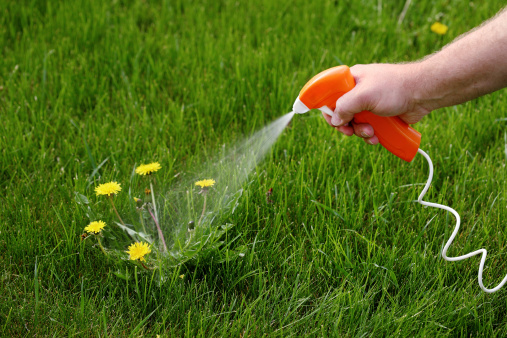 Speedzone excels over its competitors for several reasons. Because it specializes in cool-weather control, you can apply it from early spring until the first killing frost. After application, you can re-seed in just two weeks. Its low-odor, ecologically friendly formula makes Speedzone a safe and effective choice for any venue with broadleaf weeds such as clover. What’s more, you can rest assured that you are using a product that will be safe for your family and your pets alike. What sets Speedzone apart from other products is how its unique formula works. With its state-of-the-art chemical composition, Speedzone inhibits the production of an enzyme that is necessary for chlorophyll production in the weeds. Within hours, cell membranes in the plants begin to break down, with death occurring in one to two weeks. Don’t wait until broadleaf weeds take over your turf grass. Choose a solution that will quickly and thoroughly banish the weeds, while leaving the grass you want to preserve untouched. Once you take this step, you will see a lawn or field that has been restored to its former lush beauty. Moreover, you will be treating the area with a product that you can trust, one that you can use throughout the growing season.
Speedzone excels over its competitors for several reasons. Because it specializes in cool-weather control, you can apply it from early spring until the first killing frost. After application, you can re-seed in just two weeks. Its low-odor, ecologically friendly formula makes Speedzone a safe and effective choice for any venue with broadleaf weeds such as clover. What’s more, you can rest assured that you are using a product that will be safe for your family and your pets alike. What sets Speedzone apart from other products is how its unique formula works. With its state-of-the-art chemical composition, Speedzone inhibits the production of an enzyme that is necessary for chlorophyll production in the weeds. Within hours, cell membranes in the plants begin to break down, with death occurring in one to two weeks. Don’t wait until broadleaf weeds take over your turf grass. Choose a solution that will quickly and thoroughly banish the weeds, while leaving the grass you want to preserve untouched. Once you take this step, you will see a lawn or field that has been restored to its former lush beauty. Moreover, you will be treating the area with a product that you can trust, one that you can use throughout the growing season.
MSMA Herbicide is an Effective Post-Emergent
Posted on 03/27/2014 in herbicides.
When you’re looking for an effective herbicide for weed management on golf courses it’s important to first know what type of weeds you’re trying to control. With an assortment of products that include pre-emergents, post-emergents and spot treaters, you want to use the most effective product we carry and not have to constantly be reapplying it.
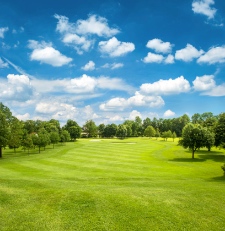 In established bluegrass, zoysia grass and Bermuda grass, the post-emergent MSMA herbicide is most effective in controlling broadleaf weeds like crabgrass, yellow nutsedge, dallisgrass, johnsongrass, pigweed, chickseed, sandbur and others.
In established bluegrass, zoysia grass and Bermuda grass, the post-emergent MSMA herbicide is most effective in controlling broadleaf weeds like crabgrass, yellow nutsedge, dallisgrass, johnsongrass, pigweed, chickseed, sandbur and others.
Lawns that are mowed short, like on golf courses, tend to invite weeds like crabgrass to invade. Light, frequent watering, also popular at golf courses, favors crabgrass. Crabgrass is an opportunist and often invades areas seeded in late spring because of the bare soil, spring rains and the onset of hot weather, all of which are ideal for its growth.
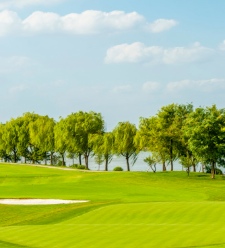 Herbicides are also available to manage annual weeds. Pre-emergence herbicides prevent annual grassy weeds such as crabgrass from emerging. Whether you’re apply pre-emergents or post-emergents the timing of applying herbicides is important.
Herbicides are also available to manage annual weeds. Pre-emergence herbicides prevent annual grassy weeds such as crabgrass from emerging. Whether you’re apply pre-emergents or post-emergents the timing of applying herbicides is important.
Pre-emergents should be applied before the crabgrass emerges from the soil. Crabgrass will germinate when soil temperatures are greater than 55 to 60F° for 7-10 consecutive days, and continues until soils reach 95F°. Other annual grasses germinate as soils get warmer than 60 degrees. Post-emergence herbicides are applied when crabgrass and other broadleaf plants are very small
It’s always going to be easier to implement preventive measures than it will be to try to eliminate weeds after they’ve taken root. Establish a preventive schedule for applying your herbicides and you’ll be able to stay ahead of the weed problem. Preventive applications are recommended on golf greens and courses whenever environmental conditions favor weed development.
Asulox Herbicide No Longer Available to Homeowners
Posted on 03/20/2014 in herbicides.
Crabgrass is many homeowner’s nightmare. It’s such a pest that everyone seems to have a story to tell about it. There seems to be no sure way to rid your property of this weed once and for all but people keep trying. Crabgrass grows at an incredible rate and spreads like wildfire. It stands out against what would otherwise be a beautiful lawn. It’s one of the first weeds in the lawn to turn brown once the temperatures drop below 40 degrees so, again, it stands out.
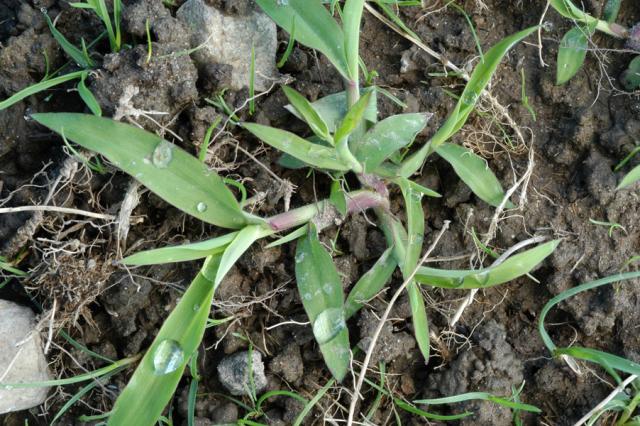 Sadly, there are no legal chemicals for homeowners or commercial landscapers to use that will permanently kill or specifically control crabgrass. The chemical Asulox was available for many years, but is no longer labeled for use on residential and commercial lawns. The only people able to legally purchase and use the Asulox herbicide are those purchasing it for agriculture use.
Sadly, there are no legal chemicals for homeowners or commercial landscapers to use that will permanently kill or specifically control crabgrass. The chemical Asulox was available for many years, but is no longer labeled for use on residential and commercial lawns. The only people able to legally purchase and use the Asulox herbicide are those purchasing it for agriculture use.
There are lots of things people don’t realize about crabgrass. While some believe there are perennial and annual versions of crabgrass, it’s primarily an annual plant that heartily reseeds itself nearly year round. Its seeds can germinate anytime from mid-spring to late summer in the north and year round in the south. Crabgrass can survive in even the worst soil conditions and if allowed to spread it moves more rapidly when turf is stressed due to drought.
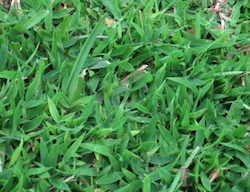 An effective method of control includes killing the area with non-selective herbicides, such as RoundUp, and then laying down new sod. Even this doesn’t future-proof your lawn from crabgrass because the seed lives on in the soil indefinitely.
An effective method of control includes killing the area with non-selective herbicides, such as RoundUp, and then laying down new sod. Even this doesn’t future-proof your lawn from crabgrass because the seed lives on in the soil indefinitely.
While crabgrass may be an ongoing battle you will wage as a homeowner, there are some things you can do to help. Keep your lawn thick and rich. Try applying roundup and then re-sodding or try one of the many pre-emergents on the market. Pre-emergents can be quite effective because they prevent the crabgrass seeds in the infested area from sprouting but it may mean three extra applications a year for those in the south.
It’s always best to be proactive. Maintain a lush and healthy lawn and when you see any crabgrass, physically remove it before it goes to seed.
